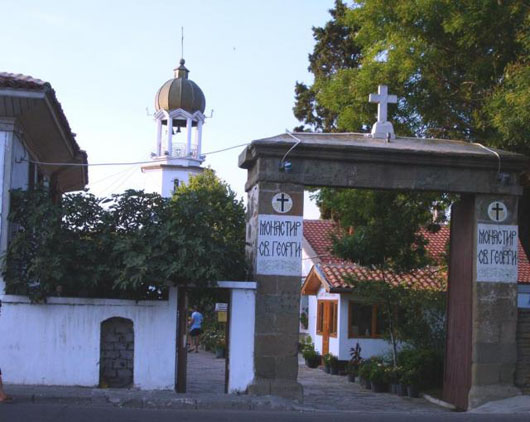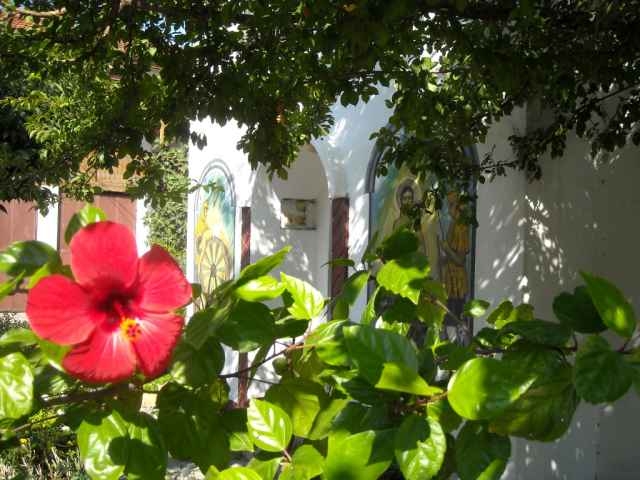Lets say by mistake you install a package and apt installs as a package dependency a whole bunch of Xorg, GDM GNOME 2 / 3 (desktop environment) along with whole other multitude of meta packages just like, lets say xinit , nautilus, totem, gedit,remmina etc.:
Mistakenly installing a graphical environment happens common (at least in my experience as admin happed many, many times). Often installing GUI by mistake is done on already well configured productive server, serving thousand of HTTP, SQL and Mails daily.
Having a started GDM login on the server takes some from the CPU time and also is extends possibilities for security breach to the server, so as always if something is not used it is better to wipe it off …
Here are some apt-get remove commands which will (COMPLETELY) remove Xserver ( Xorg ), Graphical Login Manager (GDM), GNOME desktop environment and their surrounding stuff:
# apt-get remove xorg
# apt-get remove nautilus-data nautilus-sendto libnautilus-extension1
# apt-get remove desktop-base
# apt-get remove python-gnomedesktop
# apt-get remove gdm3
# apt-get remove totem seahorse remmina gedit-common gconf2 epipha gedit-common gconf-defaults-service xauth
# apt-get remove epiphany-browser-data evolution-webcal gconf2
# apt-get remove nautilus-data nautilus-sendto libnautilus-extension1
# apt-get remove x11-common
# apt-get autoremove --purge gnome*
Here something worthy to mention is in Debian and (its deb based linux erivatives including Ubuntu), there are the so called metapackages. For those who don’t know what a meta-package is?; it is a package linked to a group of packages. Actually the meta package itself is a pre-selected Packages ready to install / remove with apt, aptitude or rest of “intelligent” package management utils available for Debian.
Once a meta-package is installed, all linked package dependencies; be it binaries or libraries as well as the proper configurations are downloaded and installed.
Very useful thing hence is listing all install-able metapackages; to list all available metapackages in Debian Linux use:
# apt-cache search metapackage
....
.....
......
As of time of writing this post there are 276 apt installable metapackages existent on Debian Squeeze 6.0.5 Linux:
# apt-cache search metapackage|wc -l
276
Another more general way to see the basic types of metapackages, installable is via tasksel (tasksel is run and used during initial Debian Installer via install CD);
In tasksel, there are few meta-packages; Actually tasksel is very handy for sysadmins who install new servers :). Here is list of available meta-packs through it:
# tasksel --list-tasks
i web-server Web server
u print-server Print server
i dns-server DNS server
u file-server File server
u mail-server Mail server
u database-server SQL database
i ssh-server SSH server
u laptop Laptop
u manual manual package selection
u desktop Graphical desktop environment
i web-server Web server
u print-server Print server
i dns-server DNS server
u file-server File server
u mail-server Mail server
u database-server SQL database
i ssh-server SSH server
u laptop Laptop
u manual manual package selection
It is possible to also view sub-packages contained within, each of tasksel meta-packs, i.e..:
# tasksel --task-packages desktop
twm
eject
openoffice.org
xserver-xorg-video-all
cups-client
openoffice.org-help-en-us
hp-ppd
avahi-daemon
system-config-printer
openoffice.org-thesaurus-en-us
cpufrequtils
myspell-en-us
xdg-utils
pm-utils
cups
cups-bsd
xorg
iceweasel
xserver-xorg-input-all
hplip
desktop-base
alsa-base
libnss-mdns
browser-plugin-gnash
xterm
anacron
alsa-utils
cups-driver-gutenprint
foo2zjs
hpijs
gimp
menu
kerneloops
openoffice.org-gcj
libgl1-mesa-dri
foomatic-db-engine
Actually using tasksel is much more “intelligent” way to remove GNOME, GDM and Xorg from a server. It will completely wipe out everything previously installed for running Desktop Environment on the host.
To remove desktop environment with tasksel:
# tasksel remove desktop
Ncurses progress bar will appear displaying all removed packages …
In my case, during trying to figure out what packages I need to remove ImageMagick as long as few other packages got removed as dependencies so I had to install them over with:
apt-get install --yes imagemagick libice6 php5-imagick libxvmc1 \
libzbar0 libxt6 libsm6 libxres1 libxtst6 libxvmc1 x-ttcidfont-conf libxxf86dga1
For people who need to remove KDE desktop environment from a host to be used as a server, check out KDE meta-packages:
apt-cache search metapackage|grep -i kde
You can remove all KDE related meta-packs within a bash loop, like so:
for i in $(apt-cache search metapackage|grep -i kde|awk '{ print $1 }'); do \
apt-get remove $i; done
It is also usually good idea, once all packages are removed the RC Remove Candidate deb packagse are removed too – if you don’t know what is RC I suggest you read my previous post here
Removing all rc‘s from system can be done with:
# for i in $(dpkg -l | grep -i '^rc' | awk '{ print $2 }'); do \
dpkg --purge $i; \
done
Though, I tested this if you follow my tutorial be careful, something might break and some essenail package or lib for (your custom) services might be removed. Be careful what is offered to uninstall only approve it if you’re 1000% sure; Please don’t count me responsible if apt- removes something which breaks your productive server 🙂






